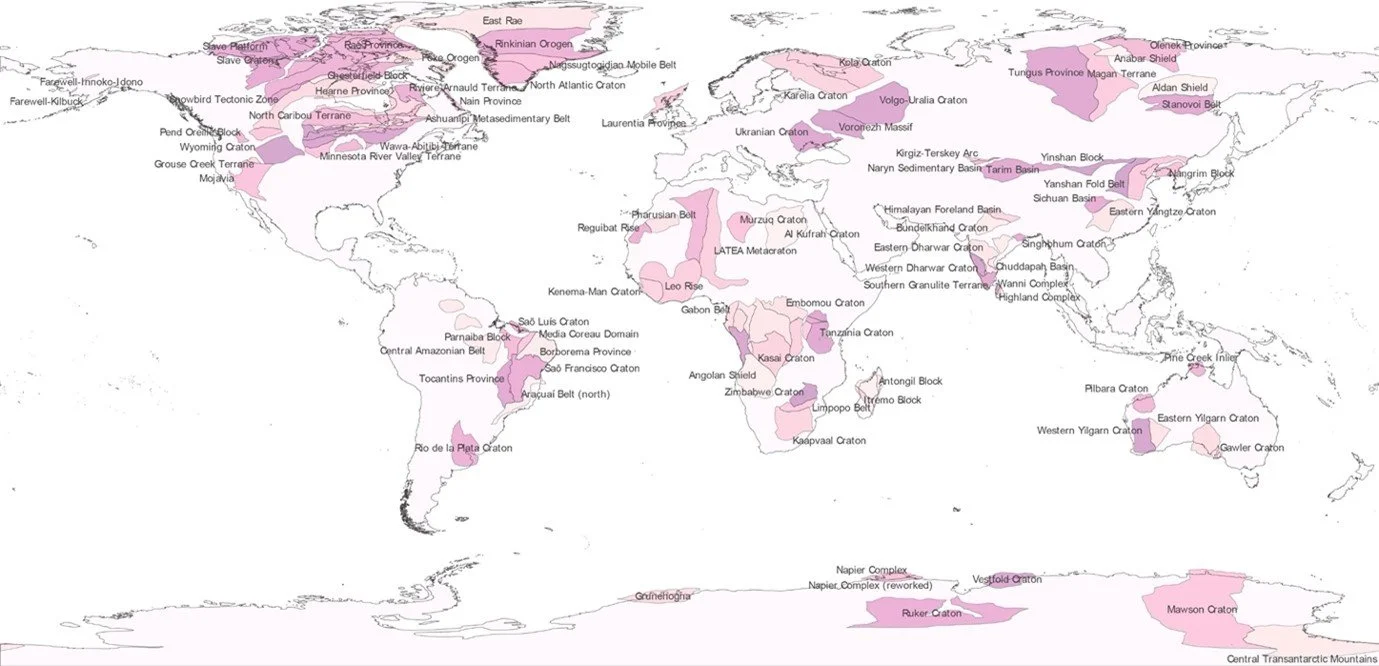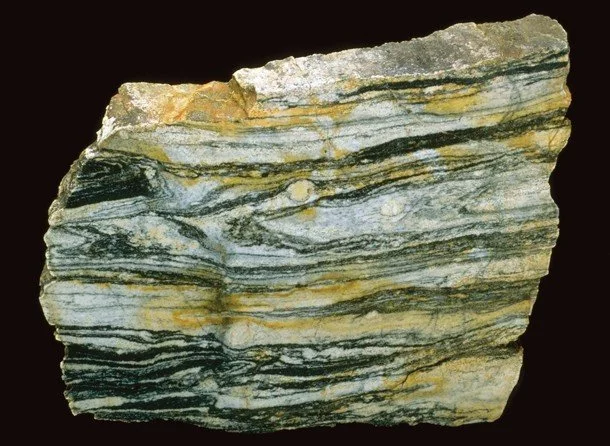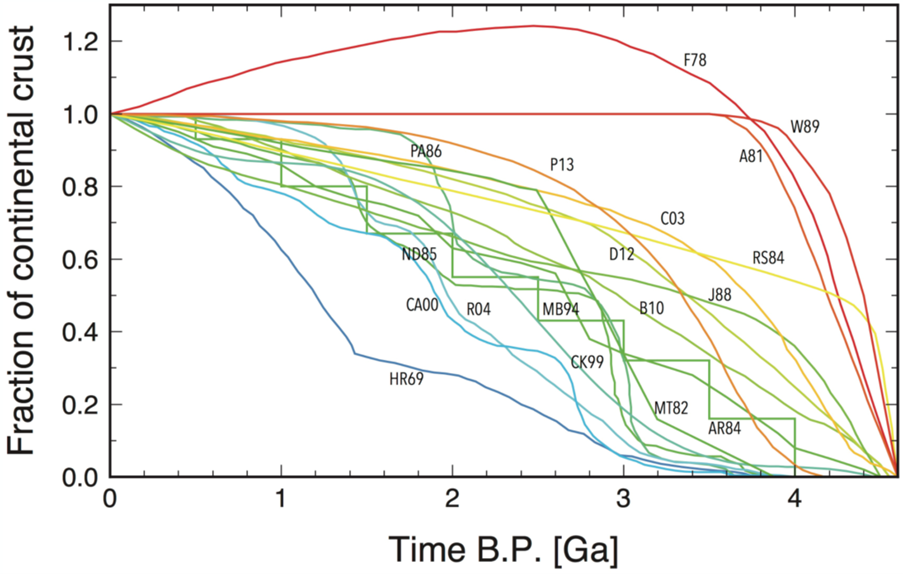Renée Tamblyn on the Origin of Continents
Listen here or wherever you get your podcasts.
In the podcast, Renée Tamblyn explains how we think the first continental lithosphere formed. In her own research, she has focused on the critical role played by water released from hydrous minerals that formed within oceanic lithosphere on the sea floor. She is a Postdoctoral Researcher at the University of Bern.
Podcast Illustrations
Images courtesy of Renée Tamblyn unless otherwise indicated.
Artist’s Impressions of the Early Earth
Conventionally, researchers have believed that the Hadean was hot with magma oceans, floating “rockbergs,” and meteor bombardments. The Moon’s orbit was closer to the Earth, and there was a dense steam atmosphere.
Courtesy of Chesley Bonesal
Now, some researchers think the Earth cooled rapidly in the Hadean. The image depicts liquid water oceans and a basaltic shield volcano. The first lithosphere to form was probably similar to today’s basaltic oceanic lithosphere. Silicon-rich, continental lithosphere did not appear until the Archean, hundreds of millions of years later.
Courtesy of Don Dixon
Map of the Archean cratons. In the podcast, Tamblyn explains that the earliest continental blocks that survive to the present day are the Archean cratons. While the map suggests that they make up much of the continents, most are hidden beneath sedimentary cover or ice.
Hasterok, D. et al. (2022), Earth-Science Reviews 231, 104069
Rocks from the Earliest Continents
Sample of the Acasta gneiss, the oldest known rock (4.03 billion years old). It is a deformed tonalite-granodiorite and formed as a member of the type of intrusive rock discussed in the podcast. These formed the bulk of the early continents — the tonalites, trondhjemites, and granodiorites (TTGs).
Chip Clark/Smithsonian Institution National Museum of Natural History
3.4-billion-year-old pillowed komatiite from the Barberton Greenstone Belt, South Africa. As Tamblyn explains in the podcast, komatiites are lavas that are extremely rich in magnesium. Pillows form when lava is erupted into water as the hot lava forms blobs and nodules that are quickly quenched by the cooler water. This provides strong evidence of an ancient sea floor. The rectangular magnet is 3 cm in length.
In the podcast, Tamblyn explains that the oldest preserved continental rocks comprise a suite of intrusive rocks that are rich in silica, sodium, and calcium, but poor in potassium. These are tonalites, trondhjemites, and granodiorites (TTGs). In terms of their mineral content, TTGs contain abundant quartz and plagioclase, but little alkali feldspar. Shown at right is a ternary diagram of plutonic rock types classified according to their quartz (Q), alkali feldspar (A), and plagioclase feldspar (P) content. Tonalites and granodiorites populate the right center of the triangle. Trondhjemites are a variety of tonalite in which the plagioclase is mainly in the form of sodium-rich oligoclase. The numbers along the edges indicate percentages of quartz (left and right edges) and plagioclase (bottom edge).
When rocks undergo partial melting, they separate into lighter-colored leucosomes and darker melanosomes. The leucosomes then segregate themselves from the unmelted rock and, when they cool, form rocks containing predominantly plagioclase feldspar and quartz, i.e., TTG in composition. In the migmatite shown here, these melts have been frozen during their escape of the parent rock. The parent rock was a metamorphosed basalt containing garnet and amphibole.
Kendrick, J. et al. (2024), Journal of Petrology, 65, egae066
Kaapvaal Craton, South Africa. The hills are formed of TTGs , which dominate the geological record of the craton.
Hypothetical cross section of the mantle and crust in the Archean showing eruption of komatiites in an oceanic plateau (later to become preserved as a greenstone belt) and the formation of TTGs, forming the continental crust. Blue arrows indicate the uptake and release of water from hydrous phases in the komatiites (green).
Graph showing the amount of continental crust over time as predicted by different crustal growth models with time advancing to the left. The models use a variety of different methodologies and approaches and differ widely in their predictions. As Tamblyn says in the podcast, the timing of continental crust formation is one of the big unsolved problems in Earth science.
Korenga, J. (2018), https://doi.org/10.1098/rsta.2017.0408
Lost City hydrothermal field on the Mid-Atlantic Ridge, at approximately 2,000 meters (6,562 feet) in depth. As Tamblyn explains in the podcast, methane-producing Archaea survive here, powered by molecular hydrogen produced by oxidation reactions in the underlying ultramafic rocks (peridotites) that make up the upper mantle.
Courtesy of Schmidt Ocean Institute













